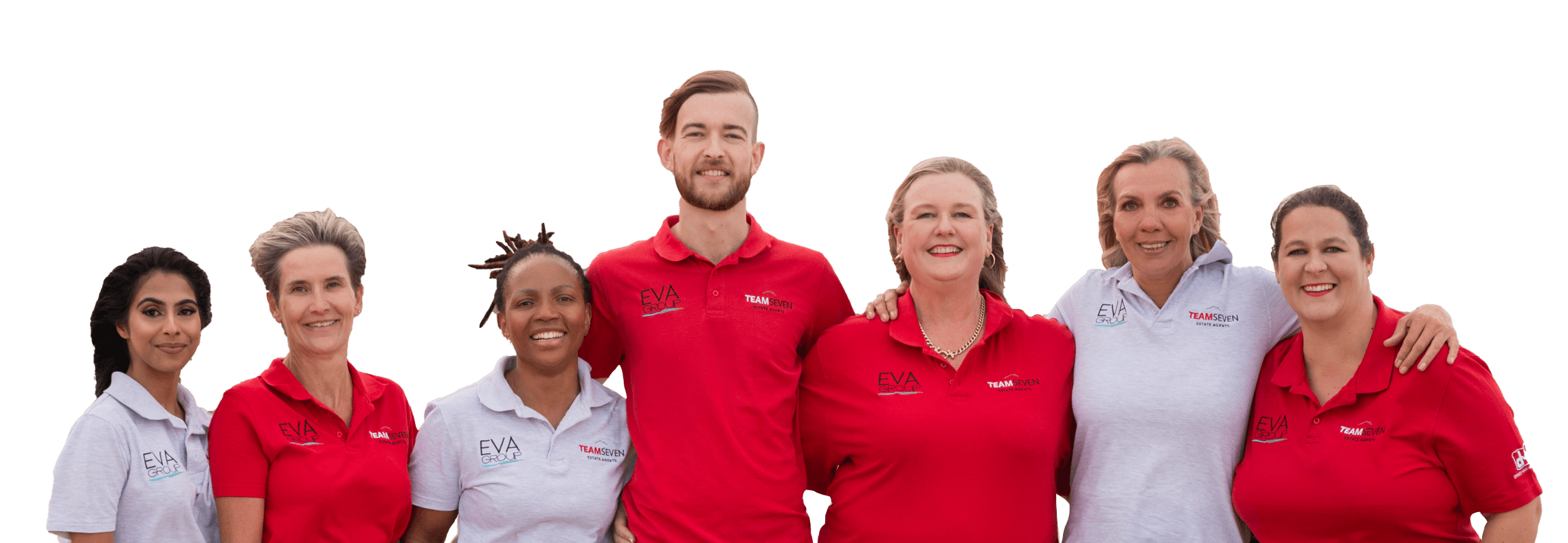Tips to downsize efficiently
Category Sellers Guides
Making a move from a large freestanding home to a smaller, lock-up-and-go unit in a retirement estate has several advantages for consumers entering their golden years, says Adrian Goslett, Regional Director and CEO of RE/MAX of Southern Africa. “For one, a smaller home is far easier to maintain and costs less money. The homeowner can spend the time that would have been taken up by maintenance doing things that they enjoy,” he adds.
A family home with a swimming pool and large garden is perfect for homeowners who have growing children. However, as homeowners get older and their children fly the nest, there is less need for a large property. Selling and downsizing to a smaller property will give retirees more time and freedom to travel and pursue other interests. Additionally, they will enjoy the benefit of significantly reducing the monthly costs of rates and taxes, utility bills, insurance, security and repair costs.
Goslett says that while there are several advantages to downsizing, it is not without its challenges. “Downsizing will mean that not every item in the home can make the move. Over the years people will collect things and buy furniture that fits their home. Moving to a smaller space means reducing the number of items in the home and possibly purchasing smaller more appropriate furniture.”
According to Goslett, there are few tips that homeowners can utilise to assist with downsizing and preparing for the move:
Have a plan for moving day
As soon as the homeowner knows the date they are moving, they should start to prepare by putting a plan into action and working up until the set date. “In an ideal situation, the homeowner should give themselves around three months to prepare for the move. Three months will give the homeowner enough time to focus on one room at a time, rather than pushing to finish the entire house in a shorter time,” advises Goslett.
Separate items into yes, no and maybe
If it is possible, it is best just to have a yes and no pile, as a maybe pile will mean dealing with certain items more than once. Rather try to deal with each item once and make a decision regarding keeping it or getting rid of it. “For those who struggle to let go this will be a difficult task as first,” says Goslett. “However, when making the decision, ask whether it is something you can’t do without and how often it gets used.”
More is less…not when downscaling
Often more is just that – more. Get rid of duplicate items and things that are being kept in case something else breaks. It is better to get rid of the duplicates than take up space for something that may never happen. The same applies to clothing - get rid of items that no longer fit or that is being held onto for ‘one day’.
Scale down collectables
“Whatever the reasoning behind it, cutting down a collection can be very upsetting, especially if it has taken years to build it up. However, limited space may require that only a few favoured items are kept. The number of items to be kept will be based on the amount of display space available in the new property,” says Goslett.
Turn unwanted goods into cash
Selling things is an excellent way to make some money to put towards the move while getting rid of unwanted items. However, it is important to stick to the three-month time frame and start early. While some items could sell rather quickly, others could take longer than expected, so it’s better to be prepared for this.
Make use of an auction house
Goslett says that homeowners who have an assortment of valuable items could consider using an auction house. An auction house is an ideal avenue to sell items such as antique furniture and artwork. An appraiser would come to the home to assess and value the items in the lot before taking the items to auction; this provides the owner with an estimate as to how much they can expect to receive on the day of the auction.
Give to the less fortunate
There are multiple charitable foundations countrywide that do amazing community work, which would benefit from a donation of household items. Most non-profit organisations cannot operate without the donations that they receive from the public. “Making a donation is a way to reduce household items and provide assistance to members of the community who are less fortunate. Knowing the items are going to people in need will make it far easier to part with them,” Goslett concludes.
Author: RE/MAX SA



